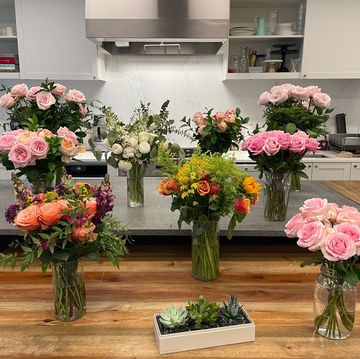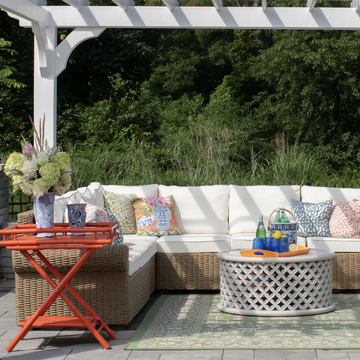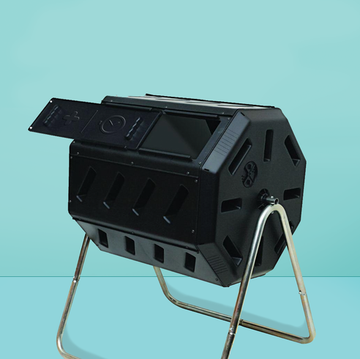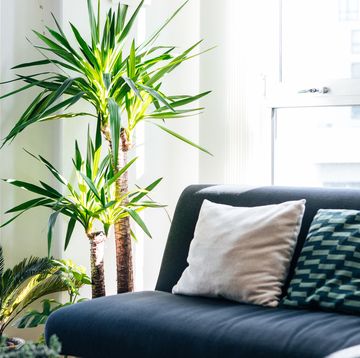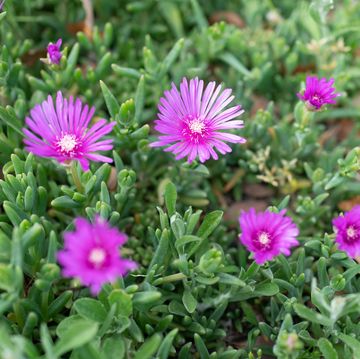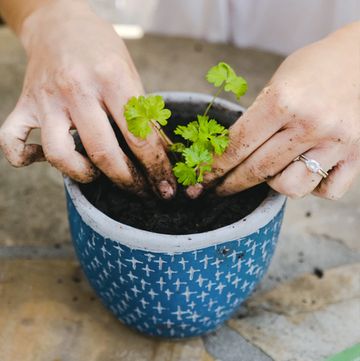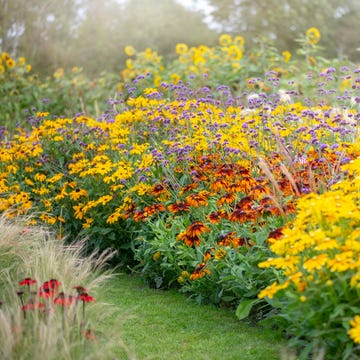No garden ornament or exotic planting enlivens a home garden with as much effect as the presence of birds and butterflies, both of which bring an added dimension of motion, sound, and color. Birds also provide a valuable service: natural insect control. It's easy to transform a garden into a habitat that attracts birds and butterflies with these simple tips.
1. Provide the creature comforts we all need to survive: food, water, protective cover, and a safe place to raise a family.
Whether you focus on small-scale attractions or make over your entire yard, take an inventory of the wildlife-friendly plants you have growing: flowers that provide nectar or seed; deciduous plantings that offer fruit, nuts, breeding sites, or summer shelter; and evergreens that supply berries, seed-bearing cones, and year-round shelter.
2. Add additional plants to create a multilayered canopy of flowers, trees, shrubs, and vines for a year-round source of wildlife essentials.
Hummingbirds and butterflies favor flowers rich in nectar, including bee balm, cardinal flower, chrysanthemums, columbine, delphinium, penstemon, pincushion flower (also known as scabosia), salvia, verbena, and dianthus. Varieties of shrubs with nectar-rich flowers include lavender, lilac, rosemary, bluebeard, fuchsia, viburnum, cotoneaster, heavenly bamboo, and butterfly bush. You can tempt flocks of seed-eating birds with annuals such as cosmos, marigolds, sunflowers, cleome, and zinnias. Be sure to include perennial pleasers such as asters, coreopsis, echinacea, elecampane, globe thistle, goldenrod, sedums, milkweed, and various native grasses.
3. Configure a few sunny areas of the garden with dirt and stones.
Birds will use these barren areas to dust-bathe, and butterflies will warm themselves basking on the stones.
RELATED: Get Birdwatching With One of These Feeders »
4. Keep a flight plan in mind when designing your garden.
Offer a wide path, lawn, or other corridor that provides open flying space and easy access to plants.
5. Well-placed feeders make the difference between a bird sighting and a bird ensemble.
Tray or platform feeders can be used by birds of all sizes and put on a pole or placed one to three feet high to suit ground-feeding birds such as juncos, sparrows, and towhees.
6. Consider your water sources.
Make birdbaths butterfly-friendly by creating places that provide an easy perch, such as a few rocks that rise above water level. Any shallow, waterproof container — a glazed plant saucer or rock with a natural depression — will work if the center is no more than three inches deep. Even fountains and ponds can be made more accessible by placing rocks or branches near the water's edge.
TELL US: Who do you spot visiting your garden?
NEXT: The 10 Most Common Gardening Mistakes »
Photo: SusanGaryPhotography/Getty
This story originally appeared on CountryLiving.com
More from Country Living:
• The Allure of Lavender
• 5 Handmade Bird Feeders From Etsy
• The Greener Way to Grow a Gorgeous Lawn


